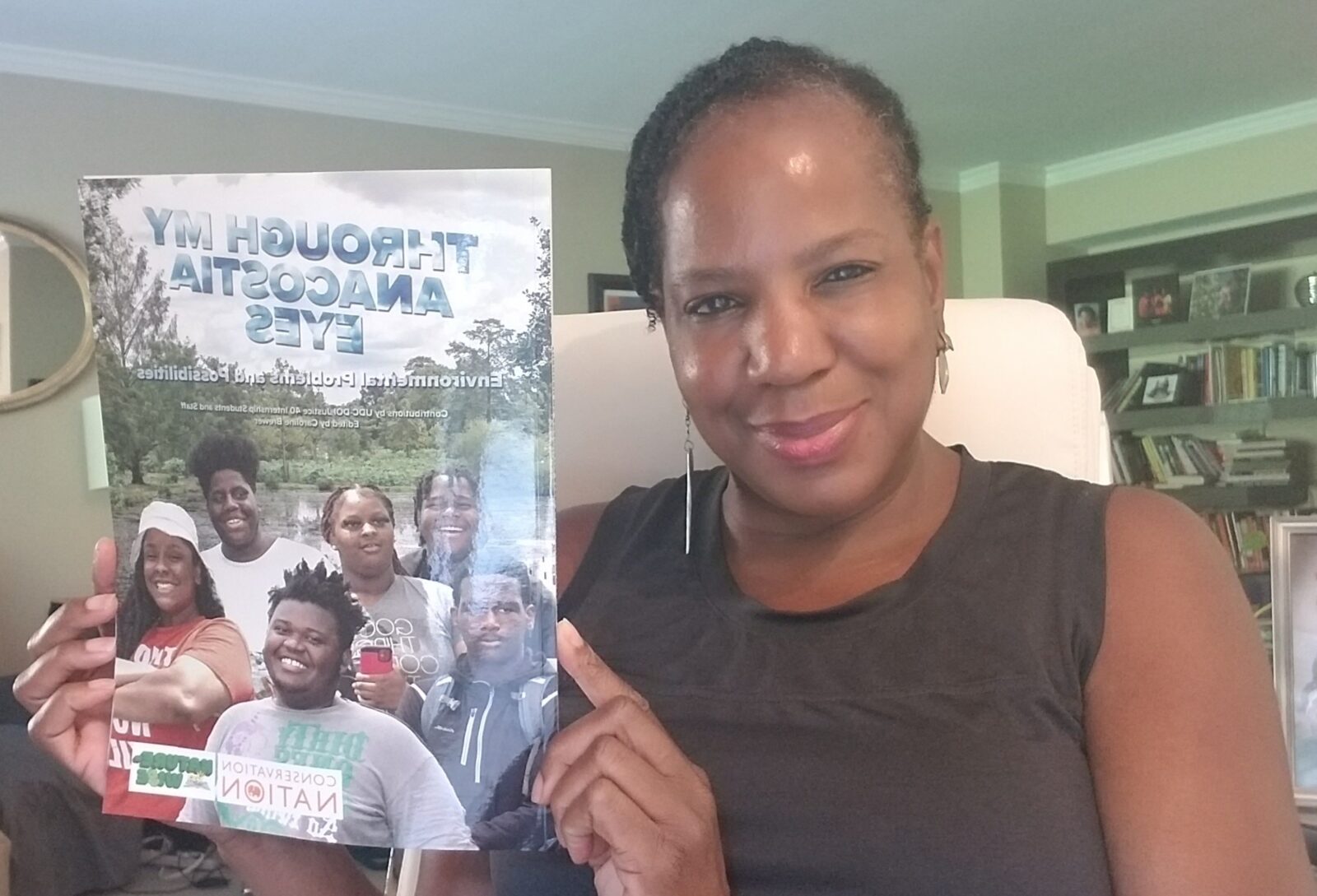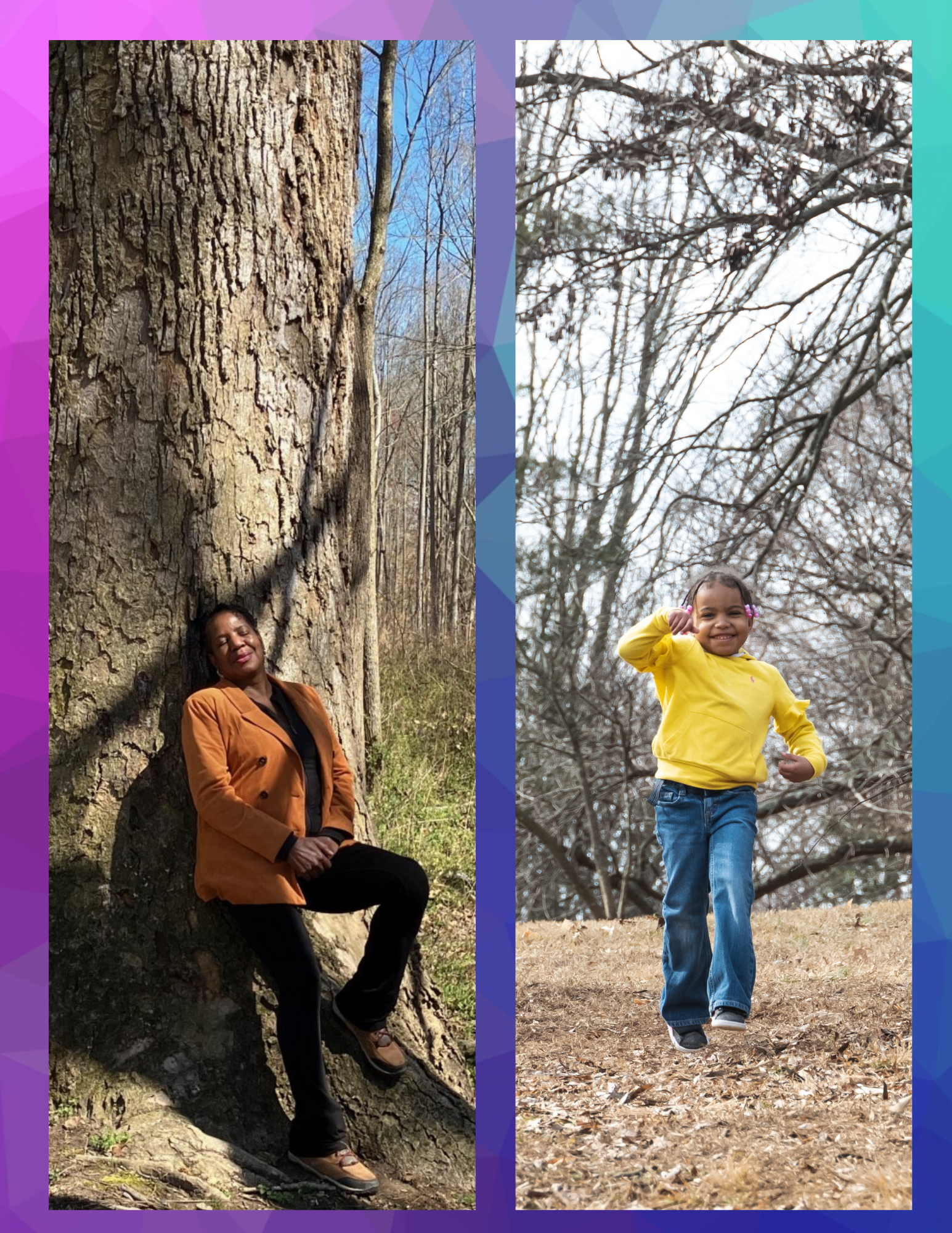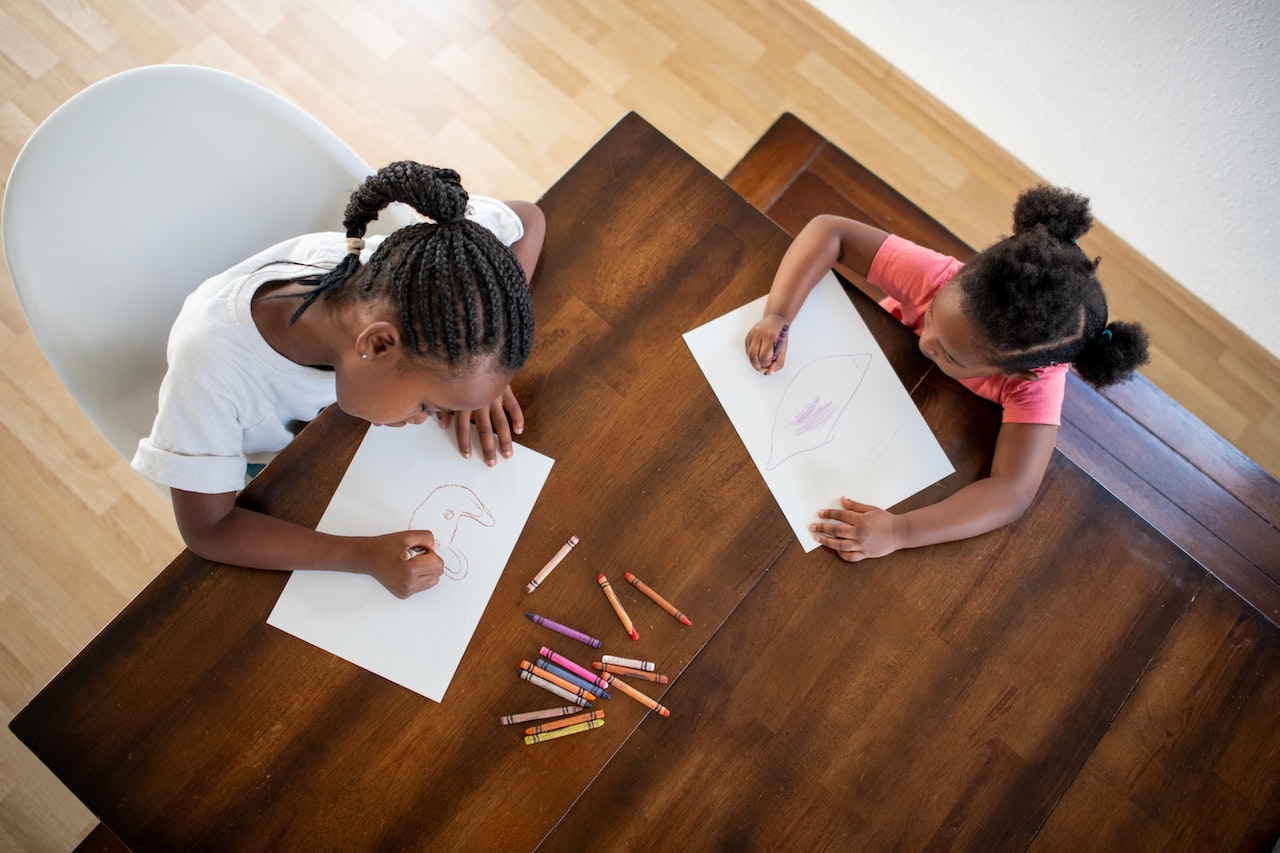This book is about sight. About what the Anacostia High School students saw with their own eyes, and filtered through…
YOU’RE INVITED: Leaders at schools, youth, religious and other non-profit or for-profit organizations are invited to book trainings for NATURE-WISE…
This is the first of my bi-weekly story series call Brilliant Minds, about children who have made quick and remarkable…


